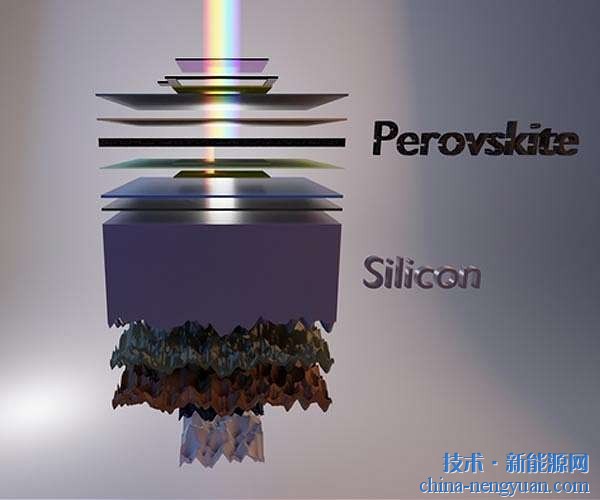 |
A revolutionary two-dimensional lander proposed by NASA for planetary exploration
According to a report from the Australian Broadcasting Corporation (ABC), NASA has officially approved the development of a groundbreaking concept known as the "two-dimensional planetary surface lander." This innovative design is essentially a lightweight, flexible, and low-cost device that resembles a small carpet. If this project moves forward, it could soon be deployed on distant planets or even asteroids.
This idea is part of NASA’s Innovative Advanced Concepts (NIAC) program, which has selected 12 promising proposals for further development. The 2D planetary lander is one of them, and NASA has committed to providing initial funding to bring the concept to life. These projects are chosen because they have the potential to revolutionize future space missions, offering new capabilities or improving existing methods of space exploration.
Dr. Hamid Hemati, the lead researcher from NASA's Jet Propulsion Laboratory, described the lander as a "flying carpet" with soft, flexible electronics on both sides. He explained, “This is a completely new type of lander. Current Mars rovers are the size of a car and cost millions of dollars. They only get one chance to land, and mission planners often avoid interesting geological areas due to the high risk. Our 2D lander is inexpensive, can be deployed in large numbers—up to 50 or 100 at once—and can land on various surfaces, including planets and asteroids. Even if some units fail, others can continue their missions with minimal risk.â€
The landers are designed to be mass-produced using a "printing" technique, allowing them to carry sensors, power systems, communication devices, and even mini-labs. Dr. Hemati added, “The solar panels and other components are flat and bendable, just like those used in smartphones and laptops. As flexible electronics improve, this technology will make our landers more versatile and efficient.â€
Unlike traditional landers, these 2D devices don’t require propulsion systems, navigation equipment, or complex landing mechanisms. They can be deployed en masse from a spacecraft and then gently settle on the surface. Hemati said, “This is a completely different approach to exploring celestial bodies. We’re looking into its potential for missions to Europa and even Mars.â€
While the concept is still in the early stages, the team is working on ensuring safe landings and testing the landers’ ability to withstand extreme temperatures and radiation. Hemati concluded, “This is a futuristic idea, and we haven’t solved every detail yet. But it’s theoretically feasible, and we’re excited to see where this research takes us.â€
CEPAI Group Co., Ltd. , https://www.jscepai.com